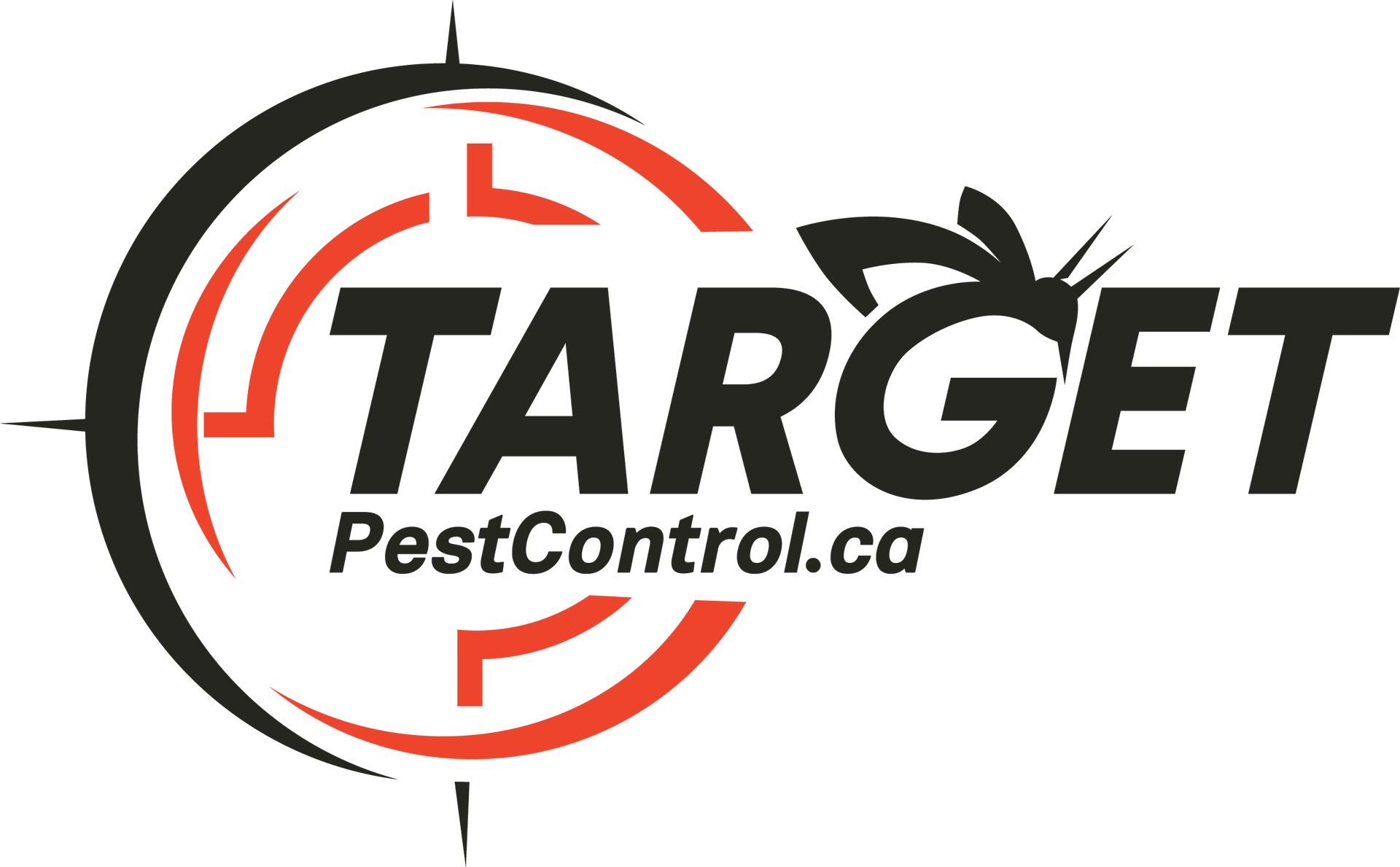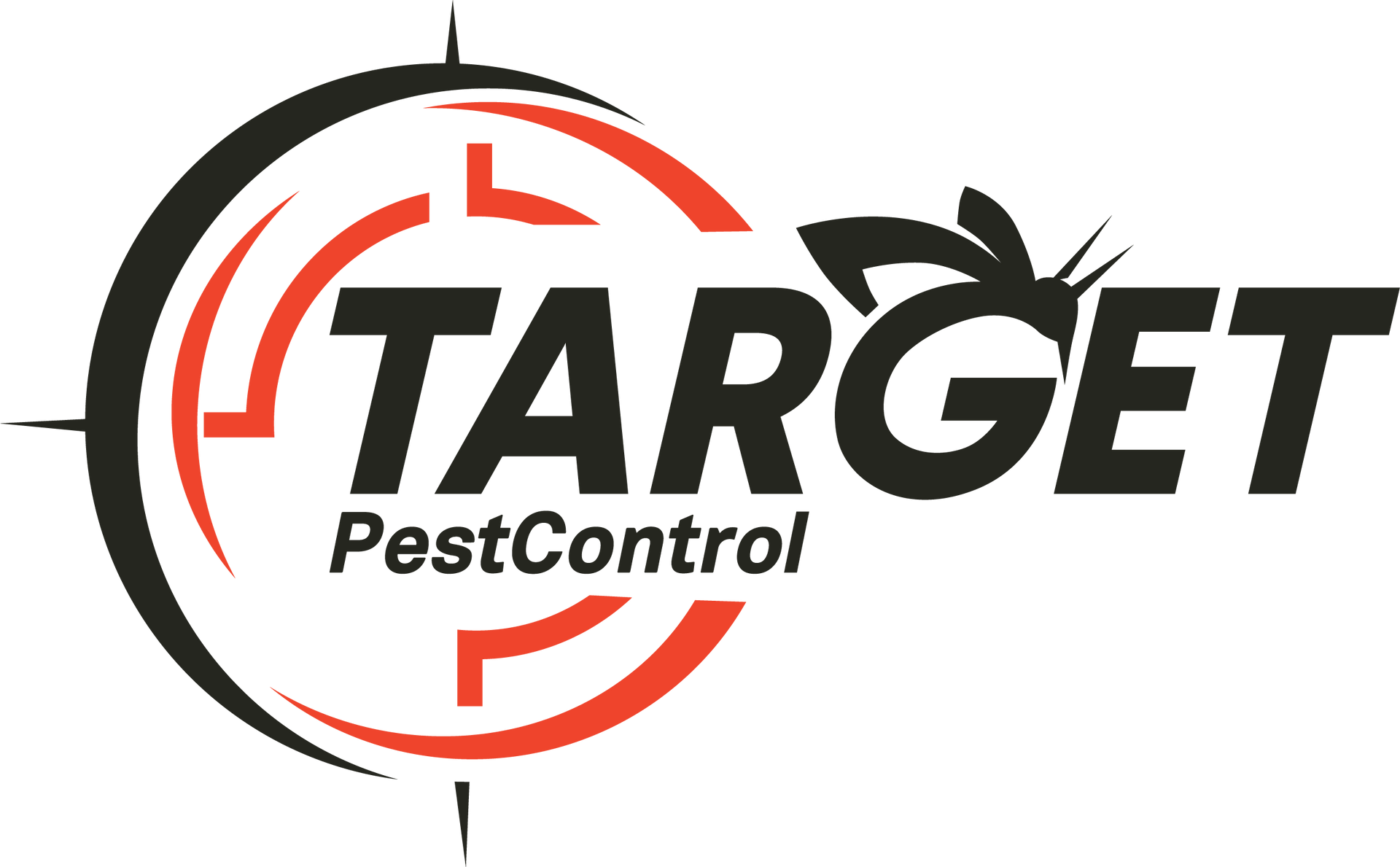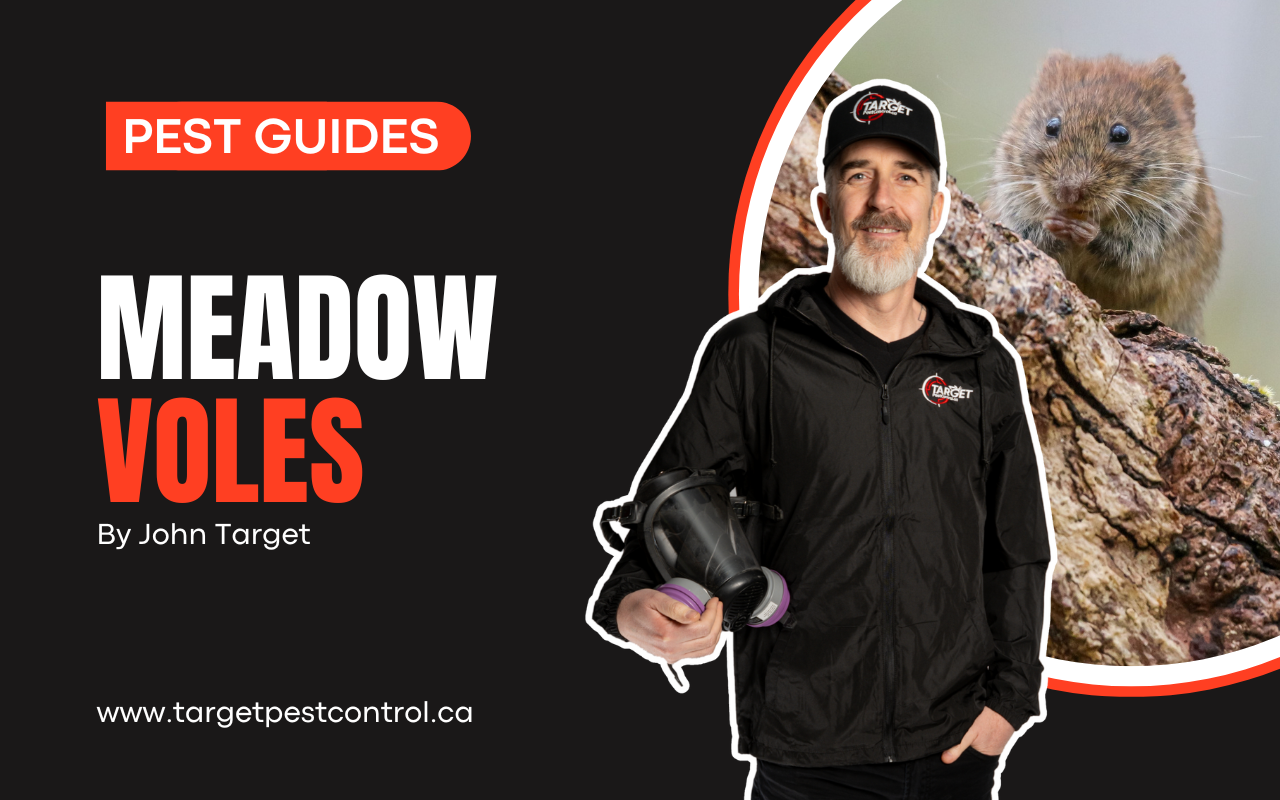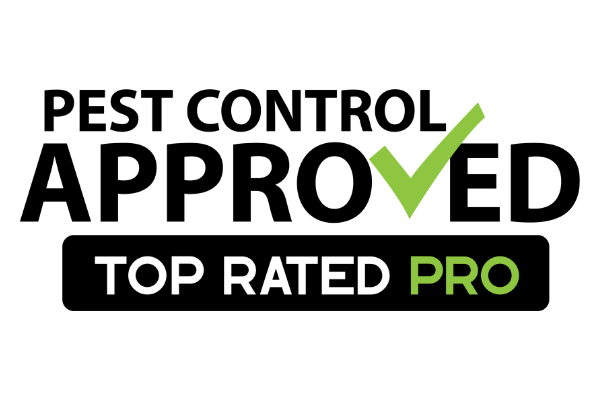The Ultimate Guide To Wasps
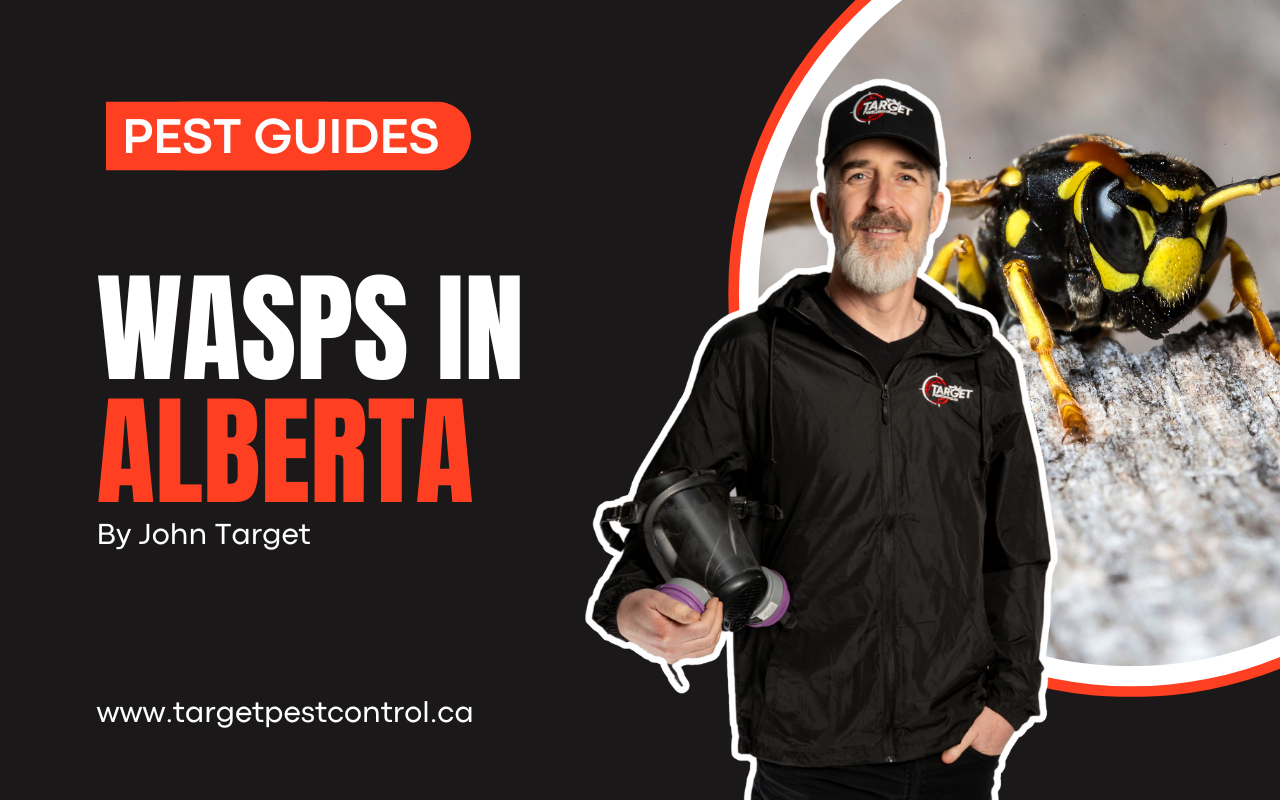
Tips for Managing a Wasp Infestation Safely at Home
Dealing with a wasp infestation in Alberta? These aggressive pests can quickly become a nuisance, especially during the warmer months. Identifying wasp nests early—whether in eaves, decks, or trees—can help prevent a full-blown infestation. Safe removal is key, as disturbing a nest without proper precautions can lead to painful stings.
Professional pest control services in
Alberta offer effective solutions, but homeowners can also use DIY methods like wasp traps and residual sprays for smaller infestations. Understanding wasp behavior and taking proactive steps can help keep your home and yard wasp-free.
Key Takeaways
- Early detection of wasps is crucial; signs include frequent sightings, buzzing sounds, and chewed wood.
- Understanding common wasp species, such as yellow jackets, paper wasps, and mud daubers, enhances effective management strategies.
- Maintaining cleanliness, sealing entry points, and using natural repellents are key methods for effective wasp control & wasp nest removal.
Understanding Wasp Infestations
Wasp infestations can be a significant problem for homeowners, especially during the warmer months. Wasps are attracted to food, water, and shelter, and can quickly establish themselves in and around homes. Understanding the signs of a wasp infestation and the types of wasps that are present can help homeowners take steps to prevent and control infestations.
Signs of a Wasp Infestation
There are several signs that may indicate a wasp infestation, including:
- Increased Wasp Activity: Frequent sightings of wasps around your home or yard, especially during the daytime, can be a strong indicator of a nearby nest.
- Presence of Wasp Nests: Wasp nests can be found in various locations, including eaves, attics, walls, and even underground. Identifying these nests early can help in managing the infestation.
- Chewed Wood or Other Materials: Wasps often chew wood to gather fibers for building their nests. Look for signs of chewed wood on fences, decks, or wooden furniture.
- Dead Wasps or Other Insects: Finding dead wasps or other insects around your home can indicate that wasps are present and actively hunting.
- Sweet or Musky Odor: A distinct sweet or musky smell can be a sign that wasps are nearby and producing
pheromones to communicate with each other.
Recognizing these signs early can help you take prompt action to control the infestation before it becomes more severe.
Types of Wasps
There are several types of wasps that can infest homes and yards, each with its own unique characteristics and habits. Understanding these can help homeowners take steps to prevent and control infestations.
- Paper Wasps: Known for their paper-like nests,
paper wasps are often found in eaves, attics, and other sheltered areas. They have a brown to yellow coloration with reddish markings and are less aggressive than other wasp species.
- Yellow Jackets: These wasps are easily recognizable by their bright yellow and black coloration.
Yellow jackets often build their nests in the ground, in trees, or within wall voids. They are known for their aggressive behavior and ability to sting multiple times.
- Mud Daubers: Mud daubers are solitary wasps known for their mud nests, which are often found on walls and eaves. They have a long, slender waist and a metallic color.
Mud daubers are relatively docile and rarely sting humans.
- Hornets: Hornets are larger than other wasps and are known for their large, grayish nests, often found in trees and shrubs.
Hornets can be aggressive, especially when their nest is threatened.
By understanding the different types of wasps and their behaviors, homeowners can better manage and prevent wasp infestations.
Identifying a Wasp Infestation
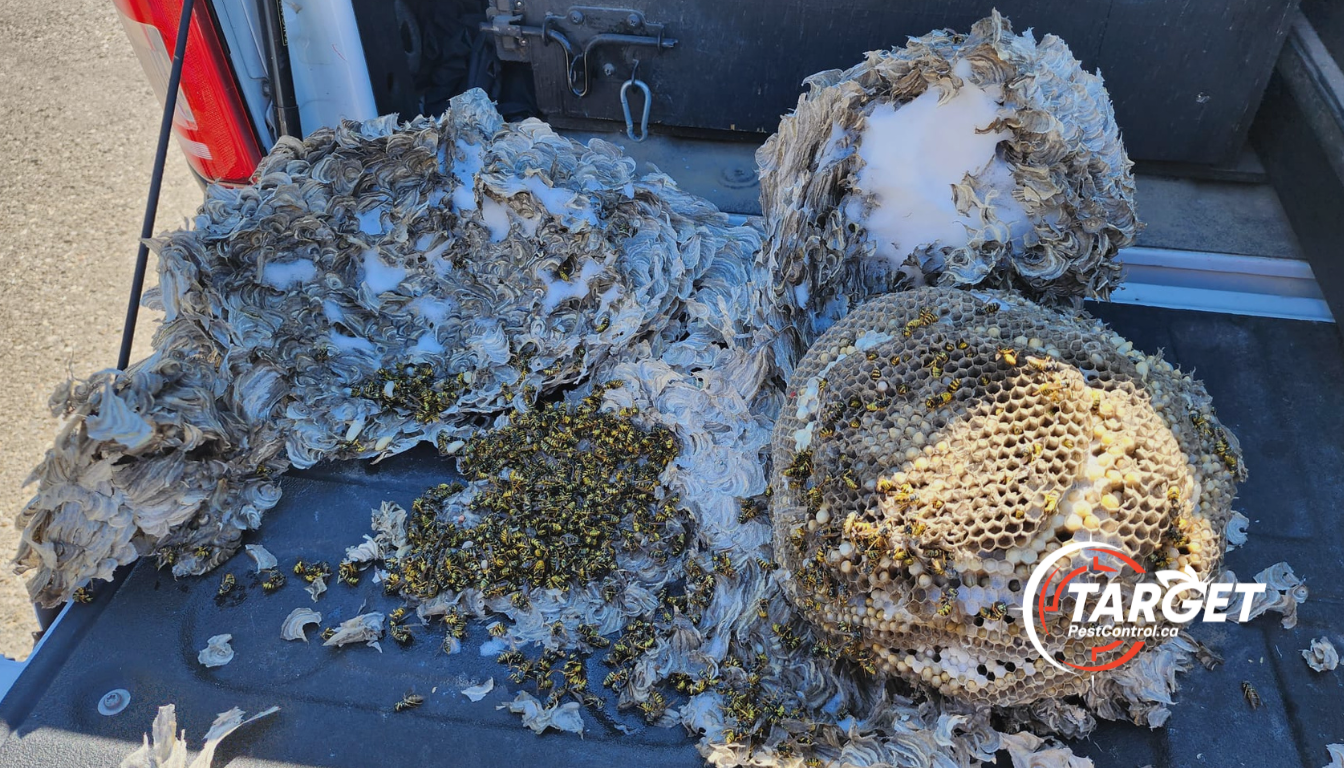
Identifying the early signs of a wasp infestation helps prevent larger issues down the road. Understanding what to look for allows you to act before wasps establish a stronghold in your home or yard.
Wasps tend to be less active during cool mornings, making it an optimal time to use wasp spray for effective removal.
The first indicator is often the frequent sighting of wasps around your property, suggesting a nearby nest. Another unmistakable sign is the persistent buzzing sounds, indicating the presence of an active wasp nest.
Additionally, signs of chewed wood around your home can hint at wasp activity, as these insects collect wood fibers to build their nests.
Frequent Wasp Sightings
One of the most obvious signs of a wasp infestation is seeing wasps frequently around your home. Regular sightings, especially during the daytime when wasps are most active, can indicate a nearby nest. Frequent sightings of wasps and discovering nests around your property clearly indicate a potential infestation.
Increased wasp activity is a strong indicator that a nest is nearby, especially between the months of June, July, Aug, and Sept.
Buzzing Sounds
Persistent buzzing sounds are another reliable indicator of an active wasp nest. As you get closer to the nest, the buzzing typically grows louder and more persistent. This noise is not just a nuisance but a warning signal that the wasps are nearby and potentially ready to defend their home.
Early recognition of these sounds allows you to manage the threat before it becomes more serious.
Chewed Wood
Wasps often chew wood to create material for their nests. Look for traces of chewed wood around your home, such as on fences, decks, or wooden furniture. Missing pieces of wood from these areas can be a visible sign that wasps are using the fibers to build their nests.
Damage of this nature strongly suggests a wasp infestation.
Common Wasp Species
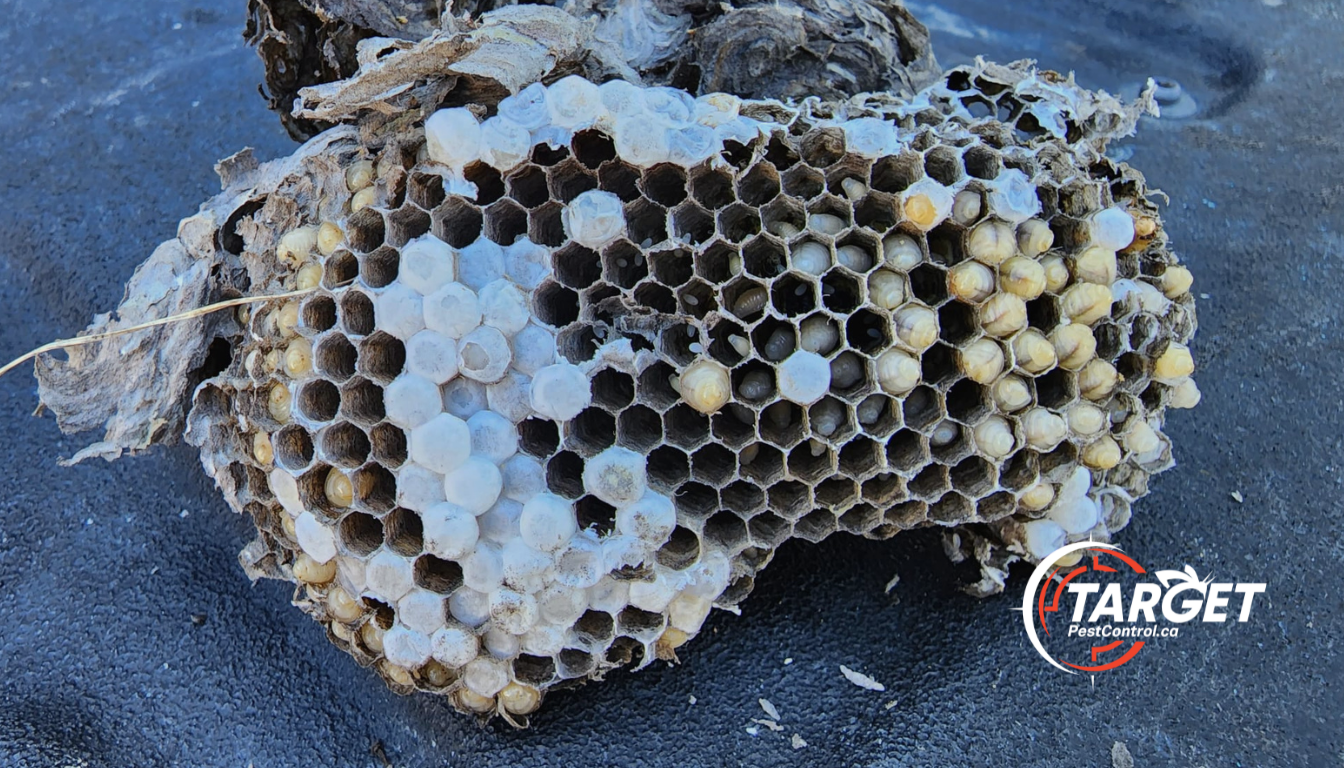
Knowing the various types of wasps that might invade your space is key to effective management. Wasps can generally be categorized into social and solitary species, each with distinct behaviors and nesting habits. Some of the common wasp species include yellow jackets, paper wasps, and mud daubers.
It's important to differentiate wasps from honey bees. Honey bees are herbivores that feed on nectar and pollen, and they play a crucial role as pollinators for crops. Unlike wasps, honey bees have a fuzzy appearance and a barbed stinger. They also produce honey, which is vital for human food sources.
Identifying the species you are dealing with aids in selecting the most effective control methods.
Yellow Jackets
Yellow jackets are notorious for their aggressive behavior and ability to sting repeatedly when threatened. They are typically black and yellow, with adults growing about 3/8 to 5/8 inch long.
Yellow jackets often build their nests in the ground, in trees, under eaves, or within wall voids, making them particularly versatile and sometimes hard to locate.
Paper Wasps
Paper wasps typically have a brown to yellow coloration. They also feature reddish markings. They construct their distinctive nests under eaves, shutters, or beneath decks and railings. These wasps use wood fiber from plants to create their nests, which typically consist of a single layer of comb for brood rearing.
Despite their somewhat intimidating appearance, paper wasps are less aggressive than yellow jackets.
Mud Daubers
Mud daubers are solitary wasps known for their characteristic mud nests, which are often found on walls. These wasps are relatively docile and rarely sting humans. They range in size from 0.5 to 1 inch long and have a long, slender waist with a metallic color.
Mud daubers prey on other pests, making them somewhat beneficial despite their intimidating nests.
Factors Attracting Wasps
Several factors can attract wasps to your home or yard, making it essential to understand and mitigate these attractions. Wasps are drawn to food, flowers, and potential shelter sites, which attracts wasps.
By addressing these factors, you can significantly reduce the likelihood of a wasp infestation.
Food Sources
Wasps are primarily attracted to sugary foods and proteins. Open garbage cans, fallen fruits, and food scraps can draw wasps to your yard or garden. It’s essential to keep your yard clean and free of food debris, cover cooked food during outdoor activities, and promptly clean up spills.
Covering compost bins and garbage cans will also help minimize food sources for wasps.
Flowers and Plants
Bright flowers and sweet scents can attract wasps seeking nectar. Maintaining your yard and wisely choosing plants can help limit the presence of wasps. While flowers and plants are essential for a beautiful garden, strategic placement and careful selection can minimize wasp attraction.
Shelter Opportunities
Wasps look for shelter in gaps, cracks, and sheltered areas like eaves and attics. They construct their nests in these locations, making homes an attractive shelter option.
To prevent wasps from nesting, remove potential shelter opportunities such as clutter and gaps in outdoor structures.
Preventing Wasp Infestations

Preventing wasp infestations involves proactive measures to make your property less inviting to these insects. This includes sealing entry points, using repellents, and maintaining cleanliness.
Seal Entry Points
Sealing openings around your home is crucial to prevent wasps from nesting indoors. Inspect areas such as eaves, mortar between bricks, beams in the garage, and around vents to find potential entry points.
Use silicone caulk to seal cracks or gaps and ensure that window and door screens are in good repair with no holes.
Use Wasp Repellents
Peppermint oil is a natural and effective repellent for wasps. Essential oils like lemongrass and geranium can also deter wasps when sprayed in outdoor areas.
Spraying these oils overhangs, eaves, picnic tables, porches, shrubs, trees, and sheds can help keep wasps at bay.
Maintain Cleanliness
Maintaining cleanliness in your yard is crucial to prevent attracting wasps. Regularly clean up food spills and avoid leaving out any food sources. Remove overripe fruits from your yard and cover compost piles to minimize odors that could attract wasps.
Safe Methods to Get Rid of Wasps
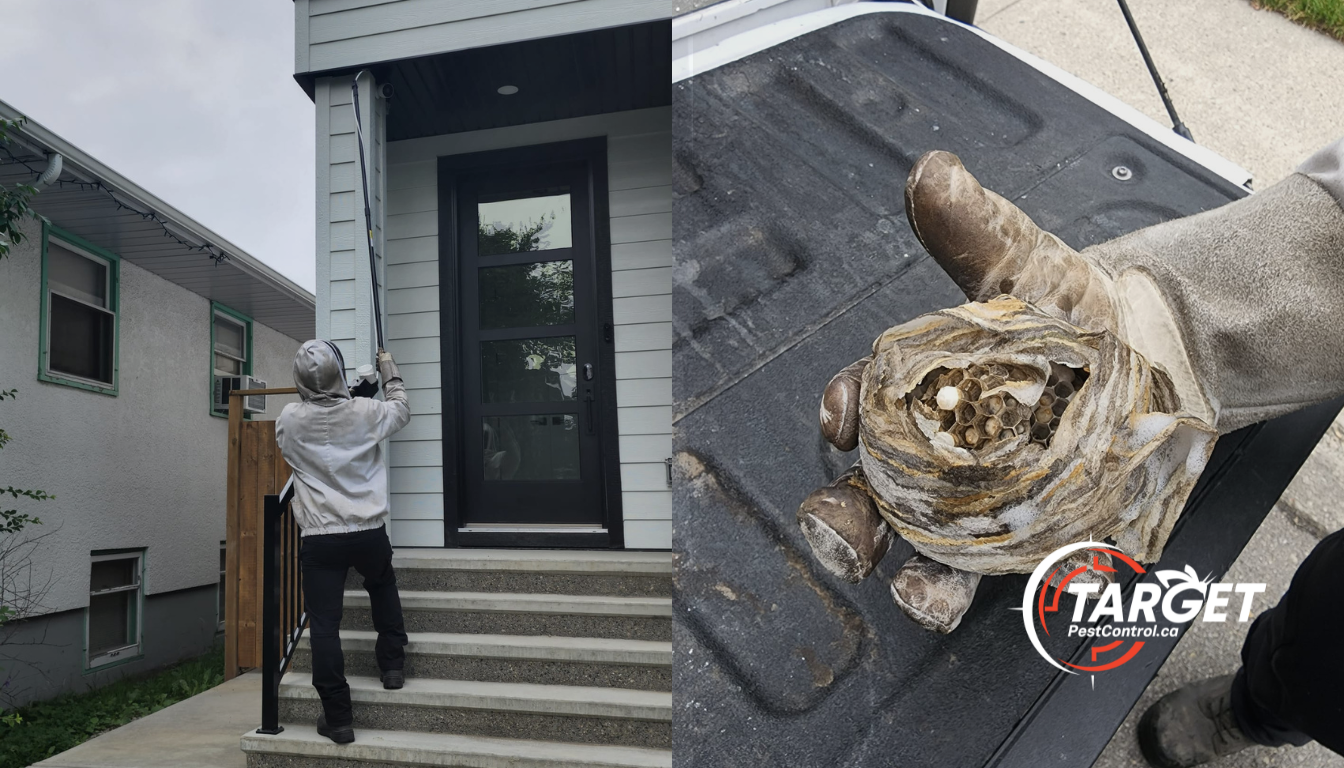
When wasps have already invaded your space, it’s important to use safe methods to get rid of them. This section covers practical techniques like hanging wasp traps, using soap and water solutions, and calling professional pest control services.
For large outdoor wasp colonies, it is advisable to seek professional assistance for effective and safe removal.
Hang Wasp Traps
Wasp traps are an effective way to control wasp populations. You can make a homemade trap by cutting the top off a large soda bottle, adding soda or fruit juice with dish liquid, inverting the top, and hanging it.
These traps attract wasps with liquid, and they drown when trapped.
Use Soap and Water Solution
A mixture of soap and water can effectively eliminate small wasp nests. Use two tablespoons of dish soap to one spray bottle of water and spray the mixture on the nest, or alternatively, you can use wasp spray directly on the nest.
This solution suffocates the wasps by blocking their breathing pores.
Call Professional Pest Control
In cases of severe infestation, contacting a local exterminator for wasp control is highly recommended. Professional pest control experts ensure a safe approach when removing difficult-to-reach nests and can provide long-term solutions to prevent future infestations.
This is especially crucial if the nest is located in a frequently used area or if previous methods have failed.
Dealing with Wasp Nests
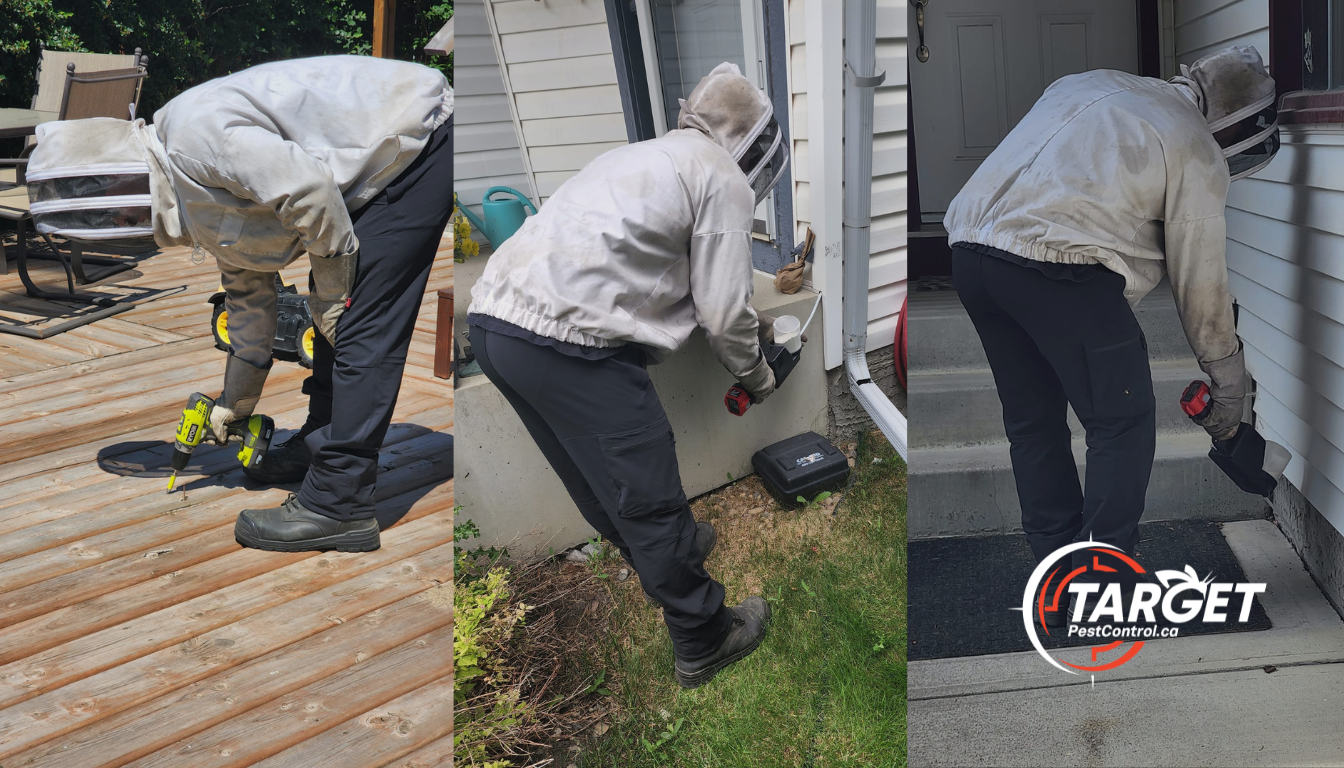
Handling wasp nests requires careful planning and execution to ensure safety. This section guides you through identifying nest locations, spraying nests, and
wasp nest removal.
Identify Nest Locations
Locating nest sites is the initial step in dealing with wasp nests. Check common nesting sites such as under eaves, grill covers, and along porch columns.
Wasps frequently create wasps nests in concealed areas. These locations can include walls, attics, basements, and outdoor places such as garages or sheds.
Spray Wasp Nests
Using store-bought
wasp nest spray is an effective way to treat nests. Opt for a spray with a long-range nozzle to apply from a safe distance. It’s crucial to wear protective clothing during application and spray the nest at least 24 hours before attempting removal.
Remove Wasp Nests
After spraying, wait until all wasps are dead before removing the nest to minimize the risk of stings. Always wear protective clothing, including gloves and a mask, when removing a treated nest to limit exposure to stings.
If you’re unsure or uncomfortable, consider calling a professional pest control service for safe removal.
Long-term Wasp Control
To ensure wasps do not return, long-term control strategies are essential. Regular inspections, installing screens, and planting wasp-repellent flora are effective measures.
Regular Inspections
Regular property inspections help in spotting new wasp nests early. Check areas like eaves, attics, sheds, and garages frequently to identify potential nesting sites.
Joining a regular
pest control program is a proactive approach to keeping wasps at bay. Professional treatments help eliminate nests early, deter new infestations, and reduce wasp activity around your home or business. By staying ahead of the problem, you can enjoy a wasp-free environment without the risk of unexpected swarms or stings.
Install Screens
Installing mesh screens on windows and doors is an effective way to block wasps from entering your home. Properly installed screens can significantly reduce the chance of wasps entering your home and causing an infestation.
Plant Wasp-Repellent Flora
Growing wasp-repellent flora around your home can effectively deter these insects naturally. Examples of plants that repel wasps include pennyroyal, marigold, wormwood, mint, basil, and geranium.
Strategically growing these plants around areas like patios and decks can help keep wasps from nesting nearby.
Summary
In conclusion, managing a wasp infestation safely at home involves a multi-faceted approach. Recognizing the early signs of infestation, such as frequent wasp sightings, buzzing sounds, and chewed wood, is crucial for early intervention. Understanding the common wasp species you might encounter, like yellow jackets, paper wasps, and mud daubers, helps in choosing the right control methods.
Preventive measures, such as sealing entry points, using natural repellents, pest programs, and maintaining cleanliness, are essential to deter wasps from making your home their own. When wasps do invade, safe methods like hanging wasp traps, using soap and water solutions, and calling professional pest control services ensure effective removal without putting yourself at risk.
Long-term control strategies, including regular inspections, installing screens, and planting wasp-repellent flora, will help keep your home wasp-free in the future.
By following these guidelines, you can enjoy your outdoor spaces without the fear of wasp stings and nests, ensuring a safer and more pleasant environment for you and your family.
Frequently Asked Questions
Why am I getting so many wasps?
You're likely getting many wasps because they are attracted to sweet smells from flowers, fruit trees, or improperly sealed garbage cans. To reduce their presence, ensure garbage is sealed and eliminate standing water around your property.
What are the first signs of a wasp infestation?
The first signs of a wasp infestation include frequent sightings of wasps, persistent buzzing sounds, and chewed wood. If you notice these indicators, it’s important to take action promptly.
How can I identify different wasp species?
To identify different wasp species, look for characteristics such as aggression level, nest type, and build materials. For instance, yellow jackets are aggressive and sting multiple times, while paper wasps are less aggressive and create papery nests. Understanding these distinctions will aid in accurate identification.
What attracts wasps to my home?
Wasps are primarily attracted to sugary foods and protein sources, as well as potential nesting sites such as gaps and cracks in your home. To deter them, it's important to keep food sealed and repair any structural openings.
What are some safe methods to get rid of wasps?
To safely get rid of wasps, consider hanging traps, applying a soap and water solution to suffocate them, or contacting professional pest control for severe infestations. These methods can effectively manage wasp issues while minimizing risk.
About Author
My name is John, owner of Target Pest Control. We are now located in Calgary, Alberta and have been providing pest control solutions on the east coast since 2008. I have over 18 years experience in the industry and enjoy the everyday problem solving this industry offers.

John Target - Owner & CEO
